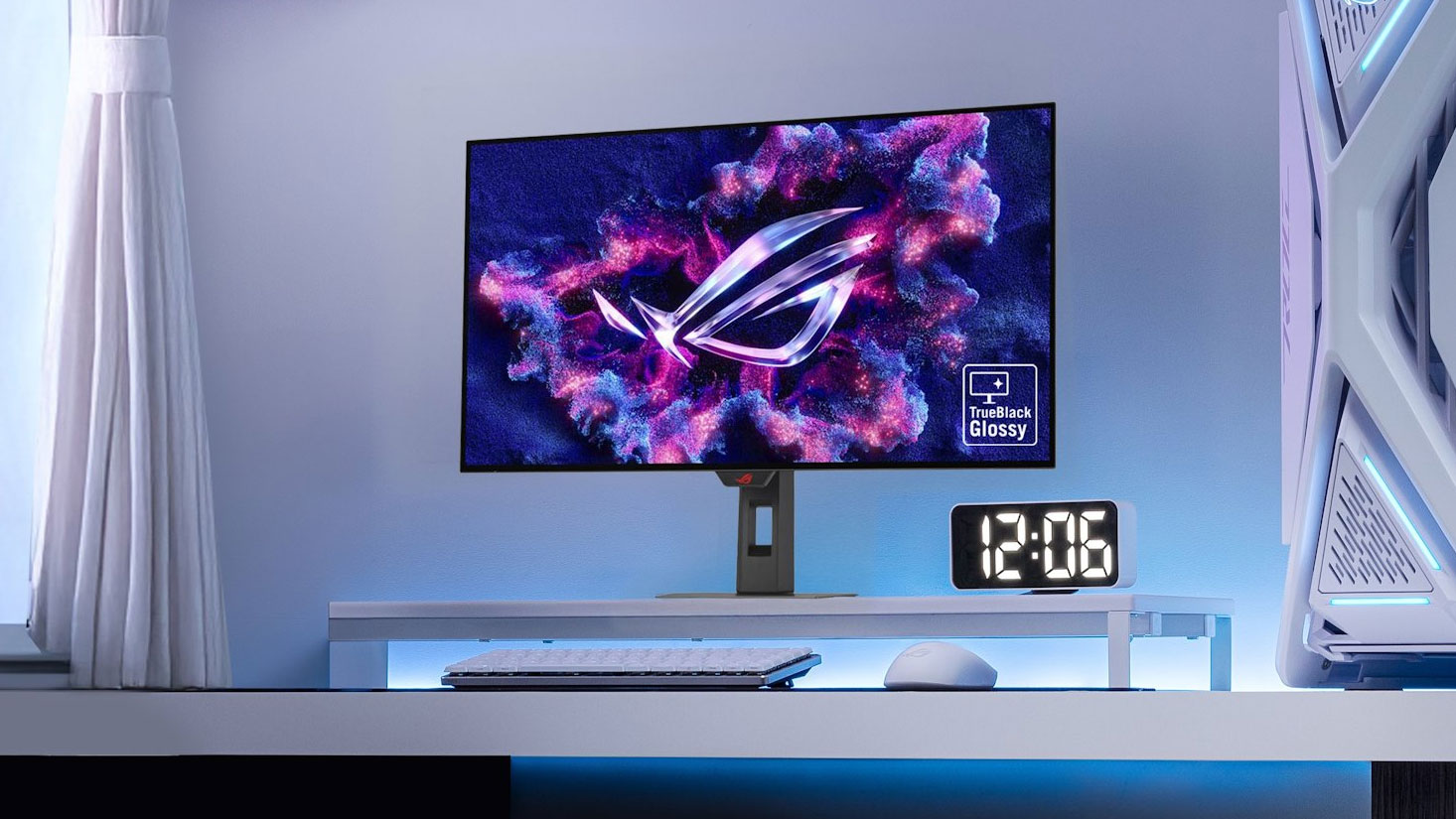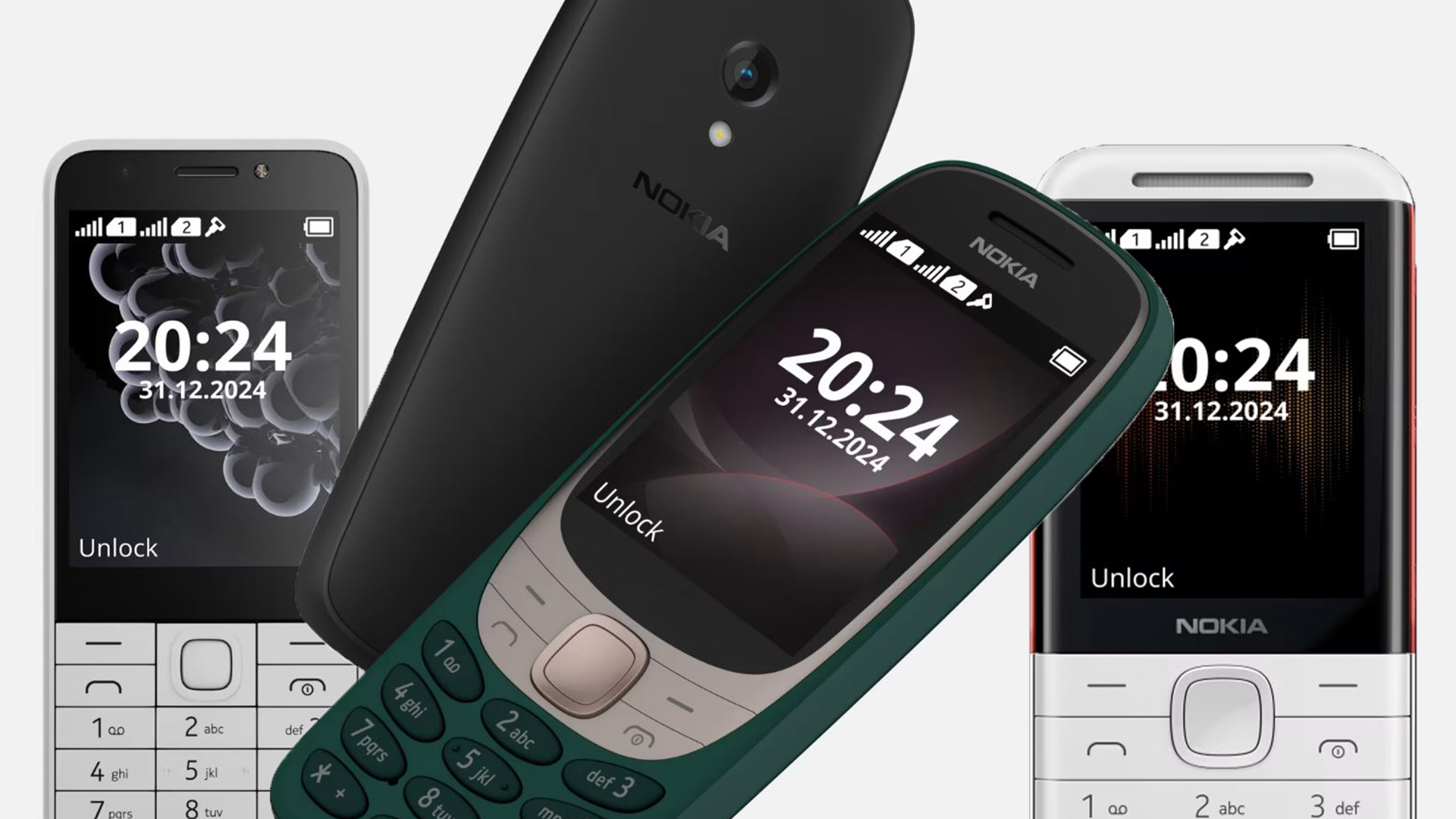
OLED monitor buyers are finally getting what they’ve long requested: glossy screens that deliver superior picture quality without the dulling effects of matte coatings.
Asus and LG have announced at least seven glossy OLED monitors for 2025, marking a significant shift in a market that has predominantly offered matte or semi-glossy options since OLED monitors first appeared.
Before dedicated OLED monitors existed, enthusiasts used 42-inch OLED TVs with glossy coatings at their desks.
When manufacturers launched OLED monitors, all WOLED models shipped with matte coatings, while QD-OLED panels were marketed as “semi-glossy” but leaned closer to matte finishes.
While matte and semi-glossy coatings reduce direct reflections, they scatter light across the panel surface instead, reducing black depth and contrast.
This causes colour washout and a hazy appearance that diminishes OLED’s characteristic vibrant, inky blacks and HDR impact.

Glossy OLED panels can introduce distracting reflections in bright rooms, but deliver superior picture quality with deep blacks and vibrant colours, qualities particularly important for OLED’s target markets of gaming and media consumption.
Asus has introduced five glossy OLED monitors in 27-inch and 32-inch sizes, including the XG27AQWMG, PG27AQWP-W, XG27AQDMG, XG32UCWMG, and XG32UCWG.
Some models feature LG Display’s new RGB Tandem OLED panel technology.
LG Electronics has entered the space with two glossy OLED monitors, the 27GX704A-B and 32GX850A.
Both use native glossy panels applied directly during production by LG Display, rather than aftermarket modifications.
Pricing and availability for the Australian market have not yet been announced.
The monitors are expected to reach store shelves globally throughout 2025, with potential additional models arriving in 2026.





























